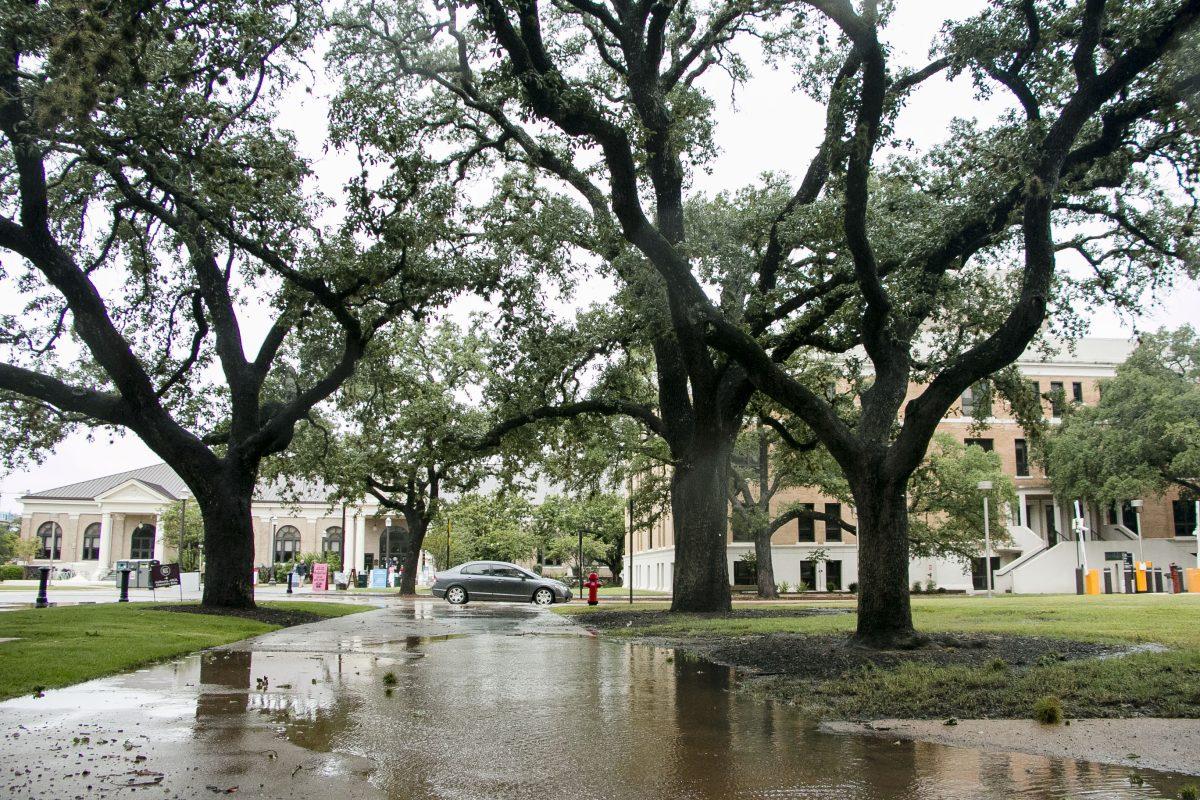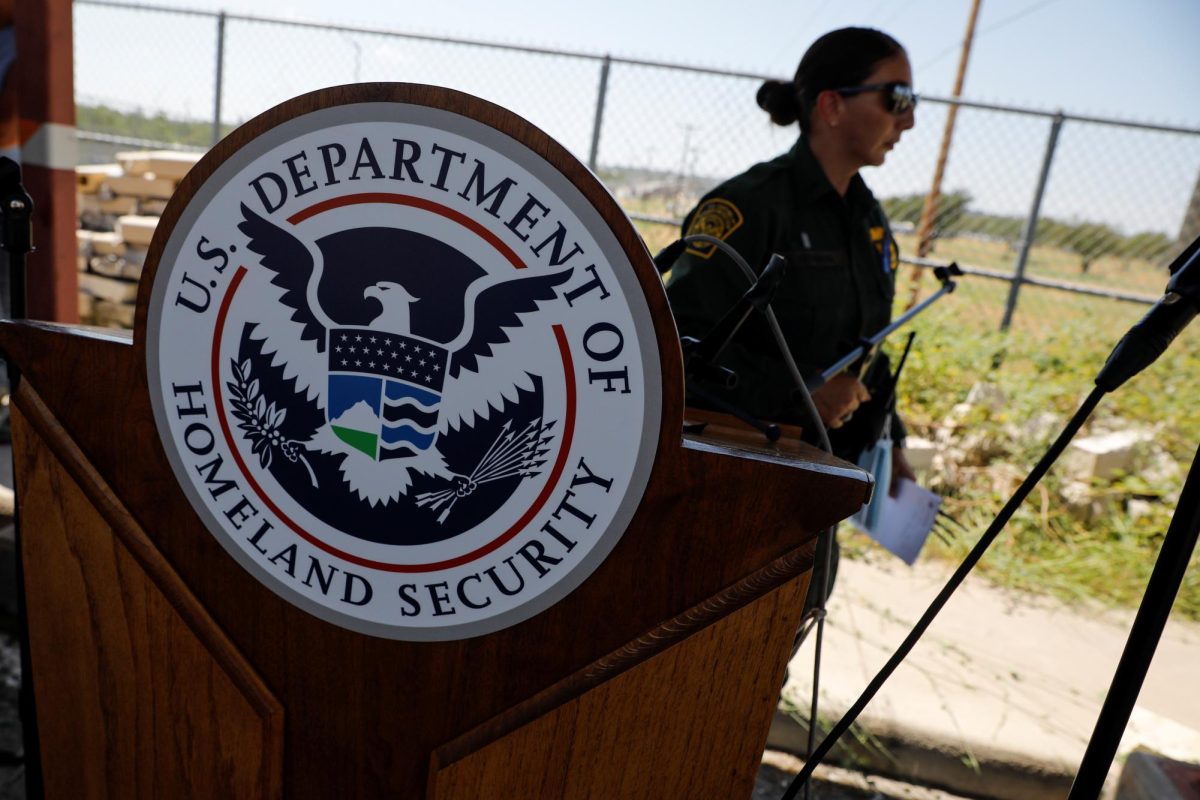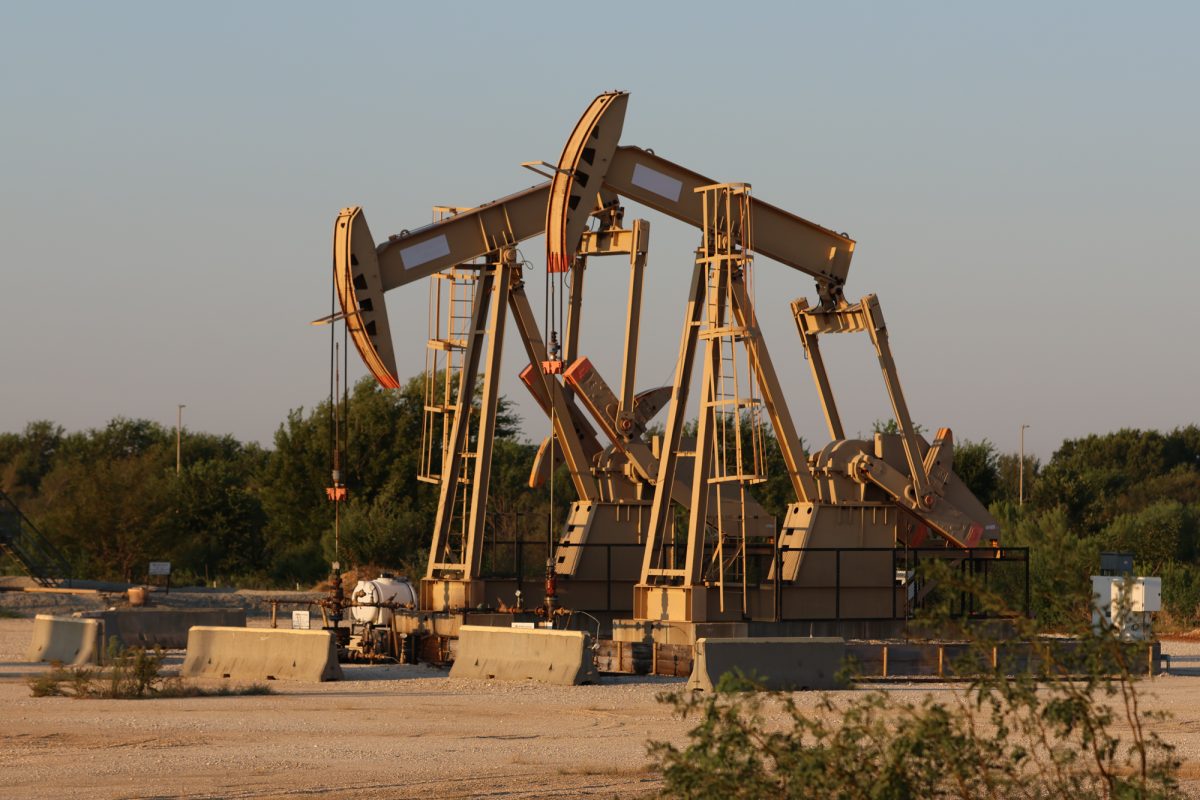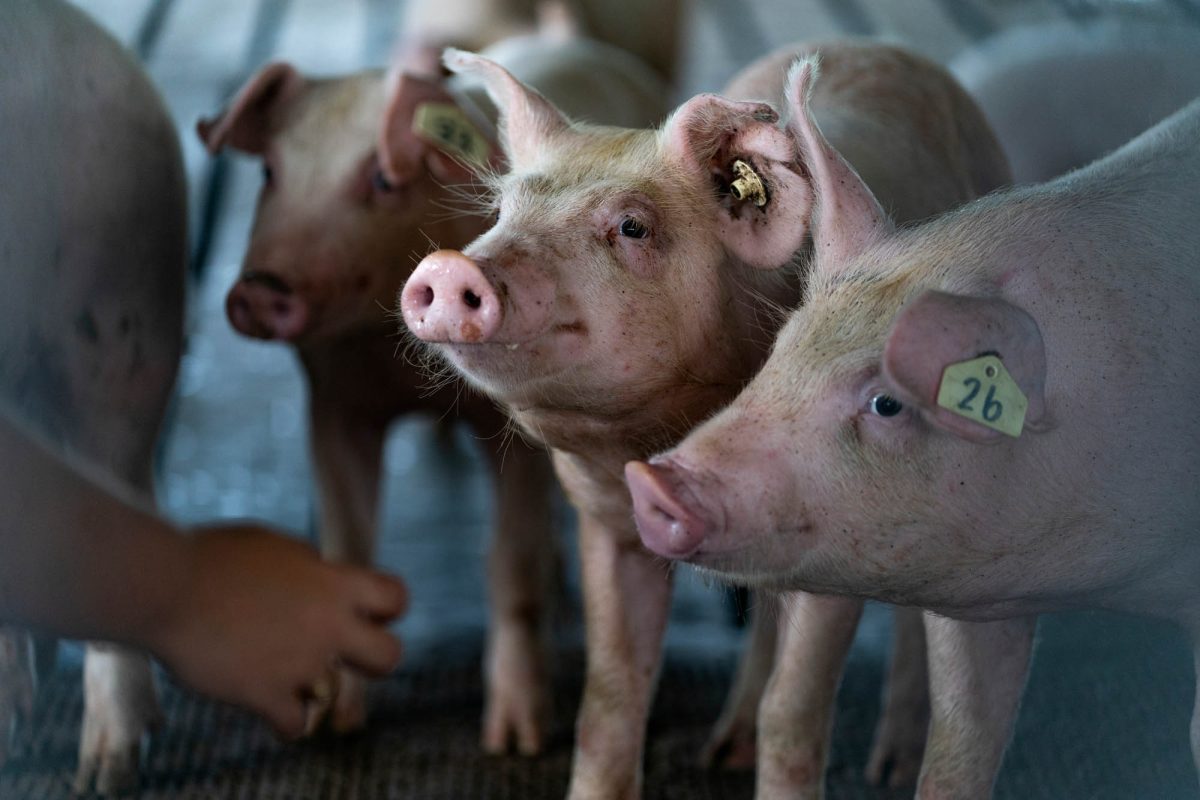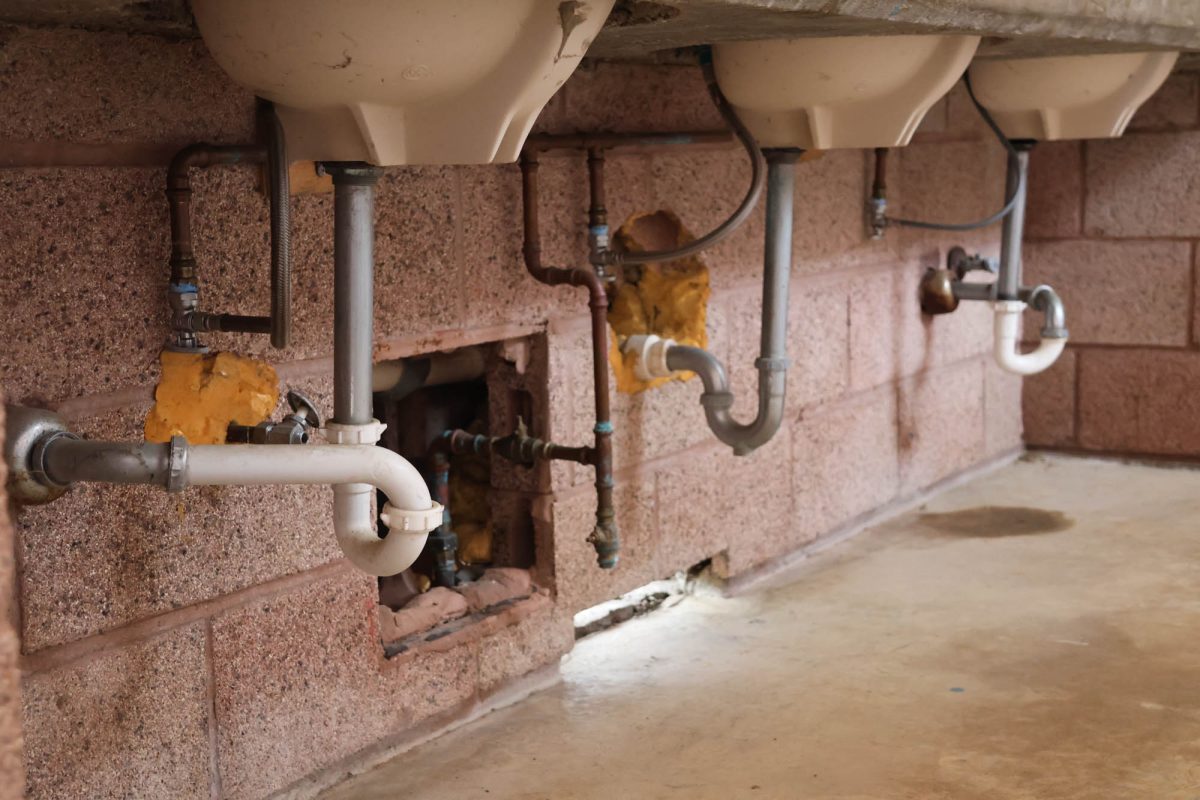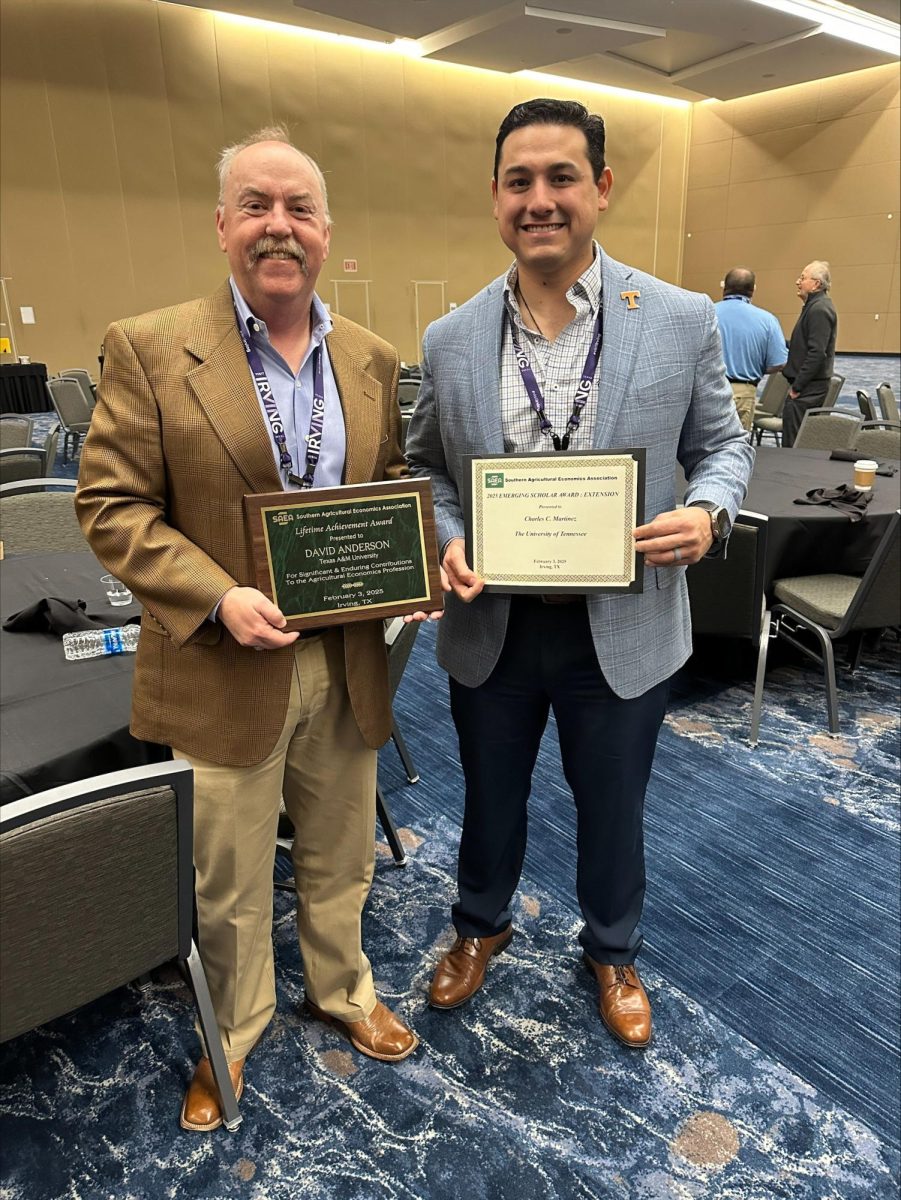Hurricane Harvey is the most powerful storm to hit the Gulf Coast in over a decade, ranked at Category 4 before making landfall in Rockport, Texas, northeast of Corpus Christi, Texas and subsequently falling to a Category 1 overnight. Harvey has since been downgraded again to a tropical storm.
On August 27, Texas Gov. Greg Abbott held a press conference to give an update on the storm.
“Texans need to be prepared for more rainfall tonight, on occasion, very heavy rainfall,” Abbott said. “We want to emphasize the importance, that when there is heavy rainfall, when there is rainfall, stay off the road… always try to seek the high-ground. Try to avoid going outside, when you can.”
Abbott added that the rains Harvey is bringing will be very high, potentially being an all-time record amount.
Abbott then gave a rundown of what agencies were doing during the disaster.
“We have now activated 3,000 National Guard and [Texas] State Guard service members, serving all the way from Houston to Victoria, over to Corpus Christi and parts in between,” Abbott said. “They have activated 500 vehicles, six shelters and 14 aircraft.”
Abbott added the the Texas Department of Transportation activated 400 people to aid in rescue missions, removing debris and repairing signs.
“One positive about where we are right now is that TxDOT and other agencies…are in the early stages of the rebuilding process,” Abbott said. “They are also in the process of restoring the ferry service in Port Aransas.”
Abbott said that there are over 250 highway closures across the state, and that information about closures can be found at drivetexas.org.
One effect Harvey has wrought has been power outages. Abbott said that the Public Utilities Commission reported 316,000 power outages, which is lower than reported previously, but did not include numbers from Houston.
Abbott said that the Texas Commission on Environmental Quality’s main priority is getting affected areas back on a reliable water source, as people have been boiling rainwater to make it safe to drink.
Several states have provided assistance, and additional help has been provided from the federal government.
“Assistance is pouring in from across the country,” Abbott said. “Both helicopters as well as other resources have been provided by… Nebraska, Tennessee, Utah, California, Missouri, Ohio, Arizona and New York. And that of course is in addition to resources that are being provided by the federal government.”
Abbott said that for anyone who wanted to provide additional help, the best way to do so is through the Red Cross, either through their website or phone number. Abbott said to contact them and indicate they would like to help Texas.
According to KBTX, Abbott declared a state disaster, which includes 20 counties, as a response to Harvey’s damage. Brazos County is among the counties he named.
“The addition of these counties to the state disaster declaration will continue to allow Texas to quickly deploy all available resources to those affected by this devastating storm,” Abbott said, per KBTX. “Hurricane Harvey has had a catastrophic impact on Texans and their property, and this declaration will help them rebuild and recover. The state will continue to provide as much aid as possible to these communities that have already lost so much.”
Despite being downgraded, Harvey will still have strong effects on Gulf coastlines and inland Texas cities. Effects may potentially include intense rainfall, strong winds, possible power outages and economic damages.
Hurricane strength is rated on the Saffir-Simpson scale, a categorical scale of 1-5, with five, defined by winds of 157 miles per hour, being the worst, according to the National Hurricane Center. Although the highest wind reading was 132 miles per hour in Port Aransas, Texas, according to the Washington Post, The National Weather Service predicts that Harvey will continue to bring wind speeds between 39 and 74 mph over the next five days in various affected locations.
The warm Gulf waters provided the perfect environment for the quick progression of Harvey, which was classified as a Category 1 when originally forecasted and moved to a Category 4 by Friday morning. According to National Geographic, hurricanes gain energy from seawater that is heated to at least 80 degrees Fahrenheit. Wind Shear (upper-level winds) will cause disruptions in the storm circulation, causing it to loose strength. Harvey’s lingering presence will cause high levels of rainfall inland in Texas and on the gulf coastlines, according to the Weather Channel.
According to The Associated Press, or the AP, scientists warned that Harvey might cause dangerous flooding 100 miles inland, create tumultuous surf as far as the Florida Panhandle, and spawn tornadoes. The AP reported that Harvey is the first substantial hurricane to hit Texas since Hurricane Ike in September 2008, which devastated both Galveston, Texas and Houston with winds of over 110 mph and $22 billion in damages.
So far, Harvey has not destroyed Galveston, Texas in the manner of Ike, but economic harm will be inflicted by flooding, wind destruction, store closures and the temporary closures of gulf coast oil and energy industry locations as well as evacuation of workers. Additionally, approximately 20,000 cruise passengers are held at sea in various locations due to the closure of the Port of Galveston, according to the Washington Post.
As seen in Brazos County and other inland-affected areas, tornadoes are also brought by intense hurricanes like Harvey. In a 2011 climatology of tornadoes associated with gulf coast-landfalling hurricanes study, Todd W. Moore and Richard W. Dixon of the Geographical Review concluded that Gulf Coast landfall hurricanes on average produce 20 hurricane tornadoes, although that does not mean that all hurricanes from the Gulf will produce 20 tornadoes. When tornadoes do occur, they usually have short, narrow paths and low intensities.
For safety, remain aware of tornado watch and tropical storm warning areas and wait for local officials for specific actions and information. In case of system failures, prepare for potential loss of access to water and food by filling bathtubs with water, buying bottled water and purchasing non-perishable foods.
Hurricane Harvey’s effects will continue following landfall Friday night
August 26, 2017
Photo by by Savannah Mehrtens
As Hurricane Harvey remains steadily focused over Texas as a tropical storm, inland cities begin to see heavy rainfall and wind gusts.
0
Donate to The Battalion
$2790
$5000
Contributed
Our Goal
Your donation will support the student journalists of Texas A&M University - College Station. Your contribution will allow us to purchase equipment and cover our annual website hosting costs, in addition to paying freelance staffers for their work, travel costs for coverage and more!
More to Discover




